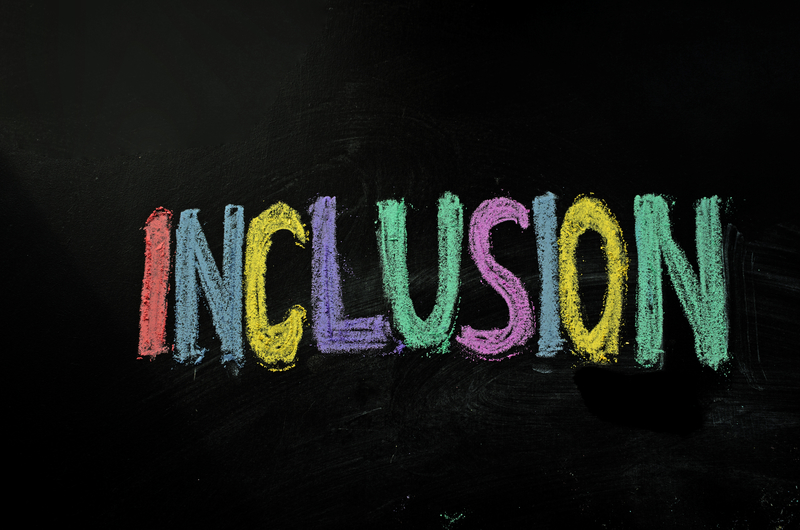March 20, 2023

How do you recognize the various cultures and experiences of the children in your program?
Inclusion in child care and early education is an essential topic. As you work to ensure inclusivity in your program, consider the practical suggestions from Quality Assurance Specialist Petrea Hicks. Hicks has dedicated a significant amount of her career in early childhood to inclusivity and the importance of all children being represented equally in their programs and classrooms.
Hicks suggests providers help children see themselves positively by ensuring the books and materials in the learning environment are diverse and help to avoid or combat stereotypes. According to Hicks, fostering an environment reflective of a child’s culture and background will help that child make social-emotional gains from an early age.
Below are three additional tips from Hicks on being more racially and culturally inclusive in your early childhood program.
- With the help of associated training, be educated and knowledgeable to ensure your program is being inclusive.
- Focus on a child’s strengths. Your expectations for a child fuel them, so be sure to focus on their strengths to build confidence.
- Recognize all children at all times. Always celebrate diversity, not just during months honoring history. For example, in addition to recognizing Black History month in February, ensure there are books and materials in your program regarding African American culture available throughout the year. Programs should seek books and materials highlighting influential people in the community and stories about unique experiences specific to various audiences. Stories should also include diverse characters so children can see themselves in the books they read.




 GO BACK
GO BACK